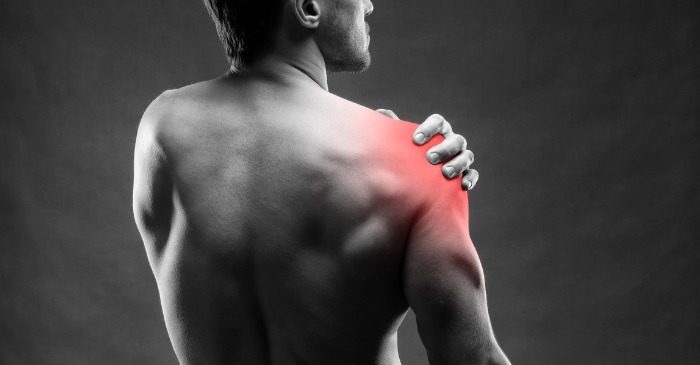Good afternoon Readers!
Today we’re going to talk a little bit about the patient who suffers from shoulder pain.
Patients suffering from bursitis, tendonitis or who are undergoing recovery from surgery on the shoulder joint usually take a long time to recover 100%, so it is interesting to evaluate how we can return range of motion and reduce pain in a shorter time. possible.
For these cases, a good tip is to associate the knowledge of Acupuncture and Dry Needling. Although the Dry Needling technique is not as complex as Chinese Acupuncture, it derives from oriental knowledge and should be studied by all professionals who handle needles.
When we treat energy meridians, we are not always able to release all patient’s pain, as they may suffer from the presence of myofascial trigger points.
Myofascial trigger points are areas of the muscle that suffer from hypoxia, that is, they lack blood and oxygen, due to their pre-existing inflammation or because of an accident with direct trauma. Usually, in cases of shoulder problems, the muscles most affected by trigger points are:
- Subscapularis
- Small Round
- Latissimus Dorsi
- Supraspinatus
It is important that the therapist finds the trigger point through palpation, to know if they’re causing reflex pain signal in the patient. If so, the affected muscle must be needled deeply. After approximately 3 minutes of this type of needling, the patient will be able perform the restricted movement with greater amplitude.
An important observation is that, like traditional acupuncture points, trigger points also have a correct location, and there is no need to needle a large muscle extension.
In addition to the dry needling the therapist should place needles at points that help to restore the circulation of blood and energy in the affected joint. Good local action points are:
- LI-14
- LI-15
- SI-11
- GB-21
- LU-3
And of distal action, we can use the points GB-34 and GB-39 that will nourish the muscles and tendons in general.
It is evident that the therapist should use other tools such as moxotherapy, electrotherapy, auriculotherapy and other resources if the patient does not improve between the first 3 sessions, however, if the points indicated in this article are correctly placed, it is certain that the patient will improve already in the first session.
I hope you enjoyed it and it will be useful.
A big hug to everyone!
Profa. Fernanda Mara